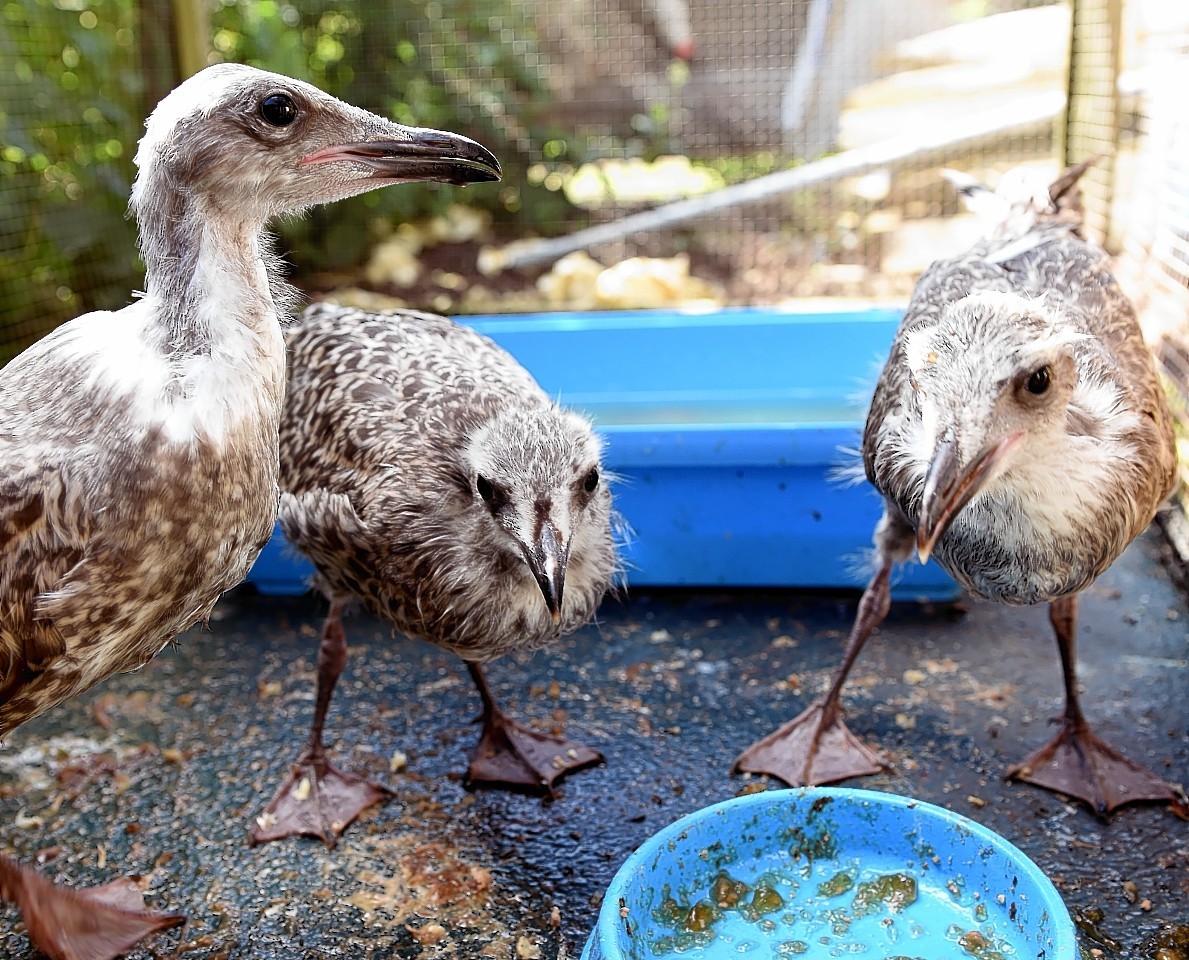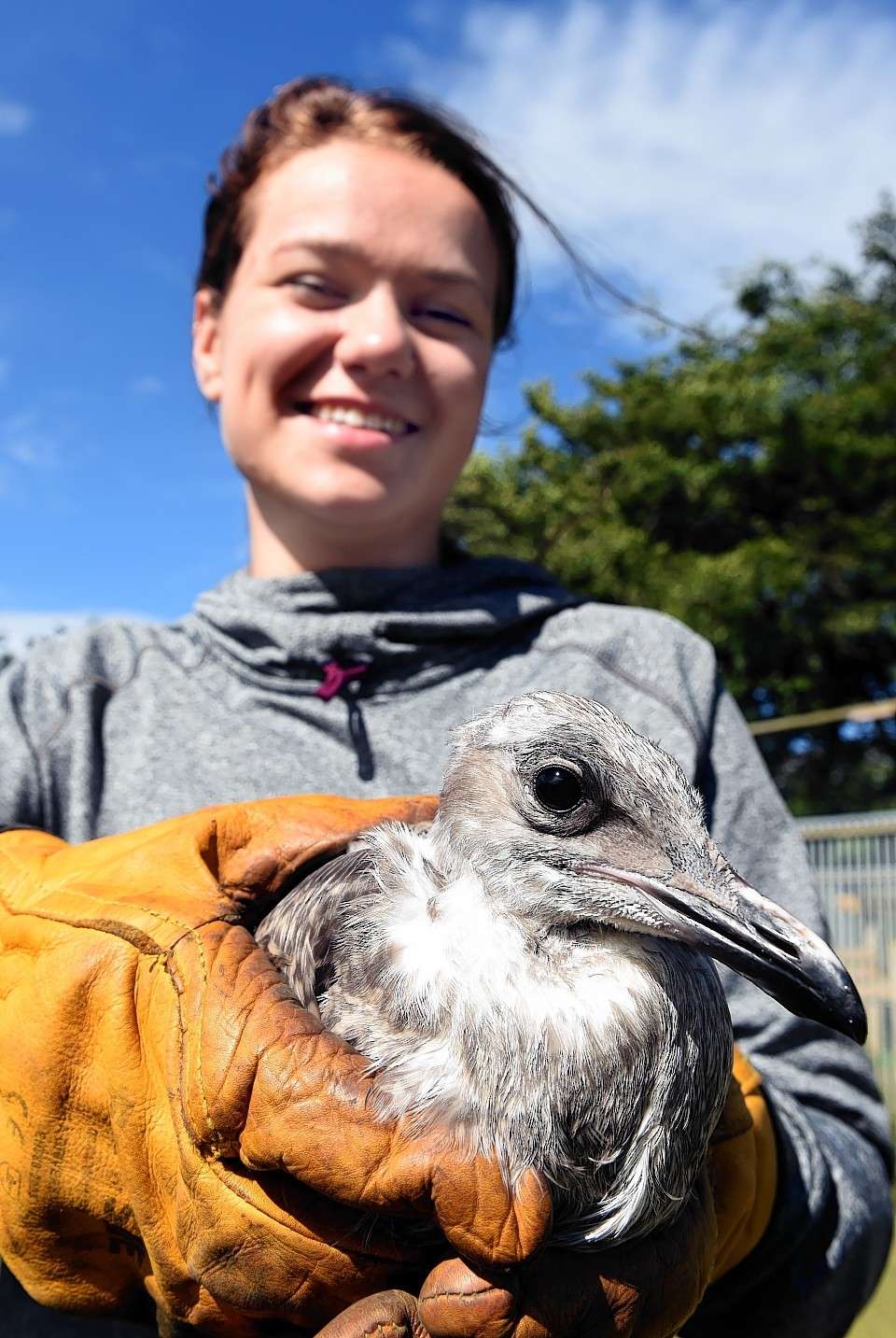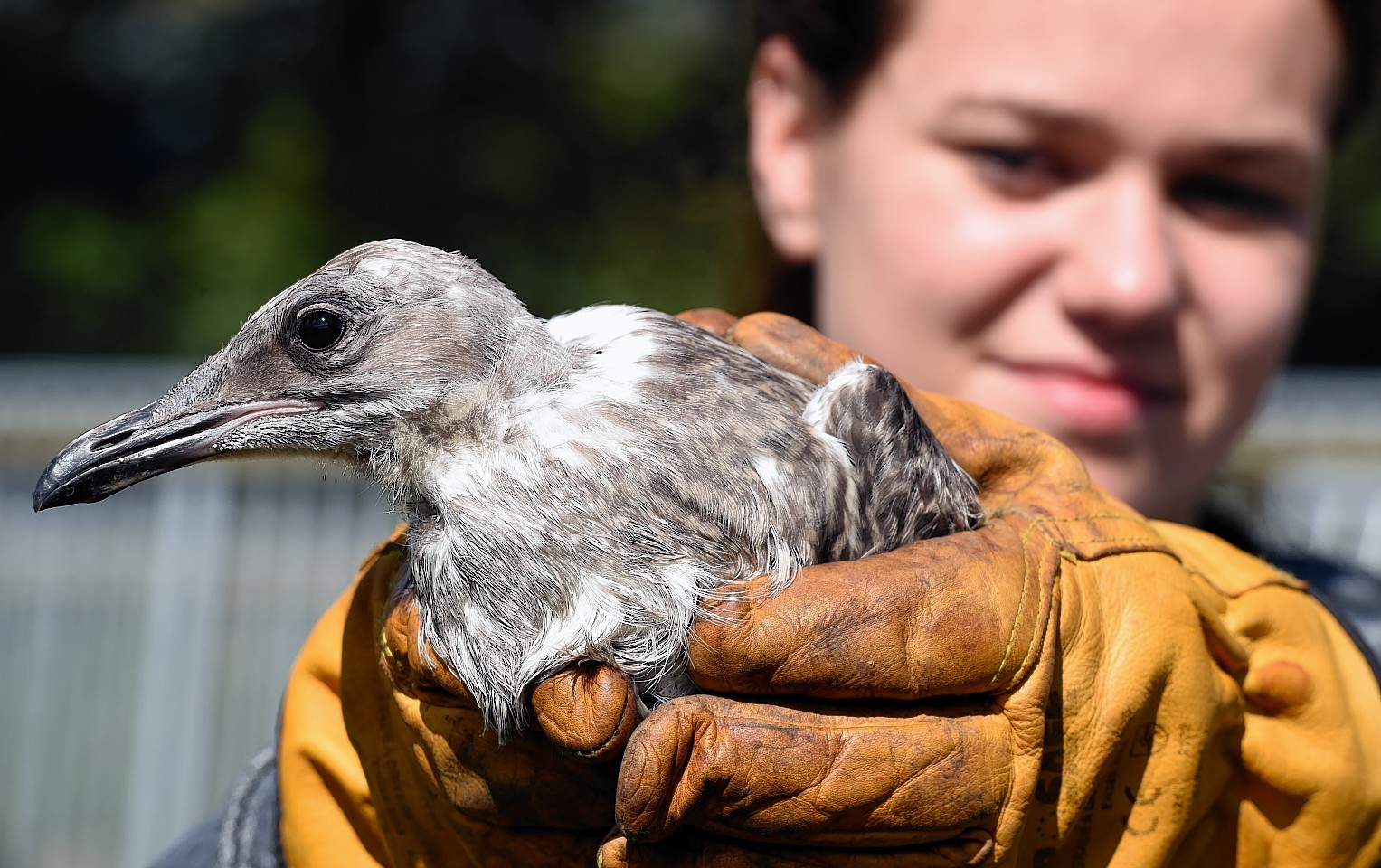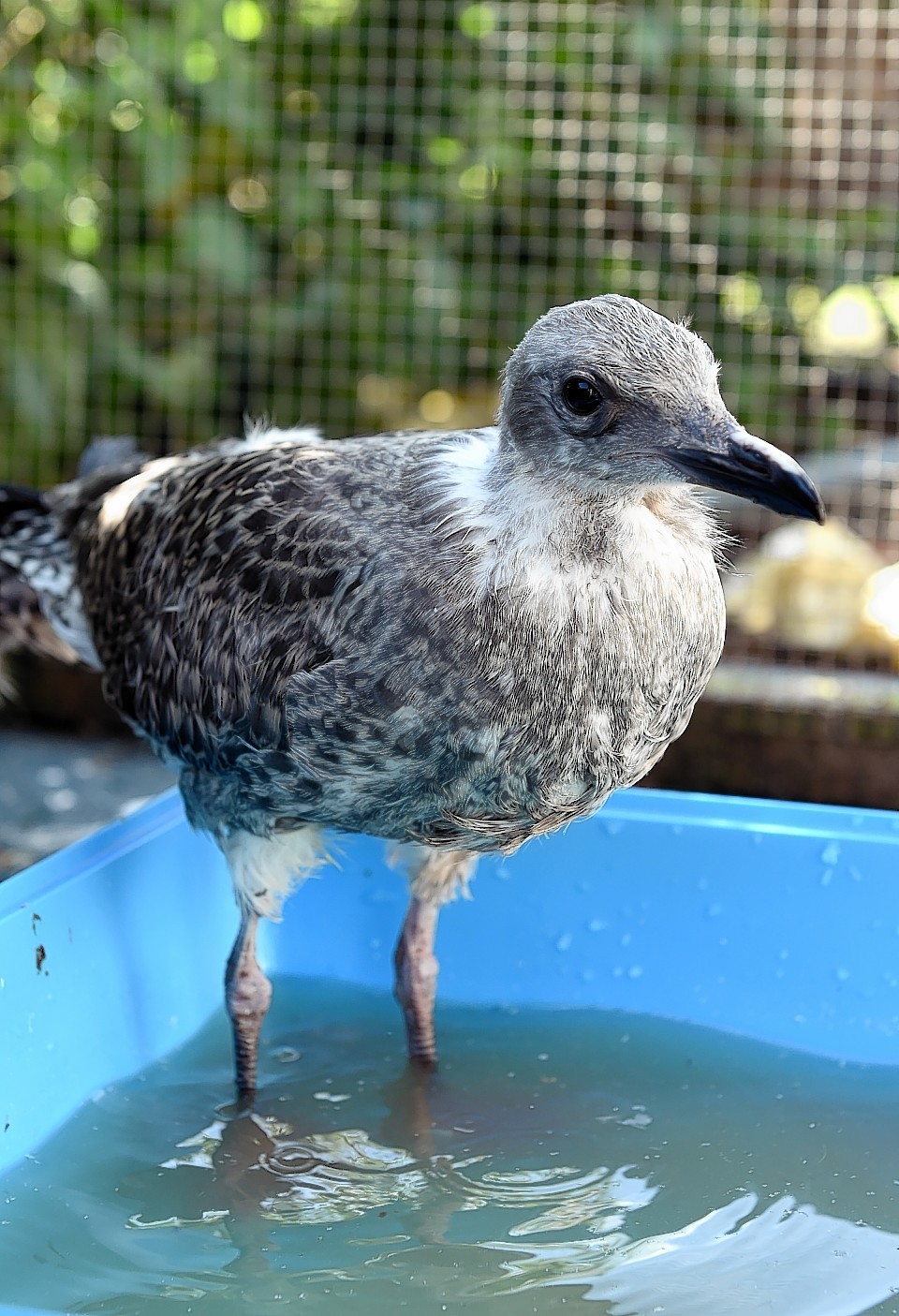They have been labelled the “rats of the sky”, are notorious scavengers known to nab food from the hands of the unsuspecting and keep residents in north and north-east coastal communities awake long into the night
In modern day Scotland, it is becoming hard to remember a time when the sight of the herring gull evoked nostalgic memories of family trips to the seaside.
But one animal sanctuary is now urging people to show a bit more tolerance for the much-maligned birds – which wasteful humans have provided with rich pickings when it comes grabbing themselves a meal.
Keith Marley, of the New Arc centre in Aberdeenshire, said: “We have created natural environments for them, natural cliff faces for them, and supplied them with a bountiful supply of food.
“Bin bags of rubbish, thrown away kebabs and chip suppers.
“There used to be a time when the call of seagulls evoked memories of seaside holidays. Now people just moan about it.
“They have got such a great advantage living in a town. Temperatures in a town are three or four degrees higher. They have got 24-7 lighting to avoid predators and giving them a longer day to seek food.
“On Friday and Saturday nights they’ve got endless supplies of fish suppers and food dropped by locals.
“For nesting purposes the gulls can get an abundance of food from landfill sites and food that is discarded.
“I am quite in agreement they should be discouraged from living in towns, but it is us that has got to change our habits.”
Though the streets of communities throughout the north and north-east appear to be chock-a-block with the birds, the species continues to decline across the UK.
Herring gulls are still on the British Trust for Ornithology’s “red list” as a conservation concern and their numbers have dropped by almost a third in the past half-century.
Gulls can live for up to 30 years, and are opportunist feeders.
Mr Marley said economic factors such as the decline of the local fishing industry had forced the birds to become more dependent on scavenging in urban areas.
The rescuer runs the New Arc near the village of Auchngatt with his wife, Pauline Marley, and they currently look after 12 gulls – many of them young chicks which have arrived at the sanctuary injured.
He said: “We have got to be aware that the population has declined, it has moved into towns because we have made life easy for them.
“The population has actually decreased from the 1970s when the fishing industry was a big thing.
“We’re in a situation just now where the herring gull it is now on the red list, which although it is certainly not in danger of extinction it is under severe pressure.
“They reckon the number in the UK is 100,000 pairs. That has gone down in the past 20 years from an estimated 300,000, so estimates are at a third of what it was.
“We have created these cities and towns and it is really only in the past 30 to 40 years they have started moving into towns, it is changing their habits.”
Aberdeen Football Club is addressing complaints about the birds at its Pittodrie Stadium home by using methods such as flying a hawk to scare them off.
Aberdeenshire Council also used birds of prey to deter gulls as part of a five-year plan to decrease their numbers in towns such as Stonehaven and Peterhead.
It published the Survivor’s Guide To Living With Urban Gulls earlier this year listing a number of measures aimed at “tackling the nuisance” and Aberdeen City Council has also issued advice to people about how to deal with living alongside the birds.
Earlier this week, a woman appeared in court and admitted shooting her neighbour when a row about feeding gulls got out of hand.
Mary Johnson, of Balintore in Easter Ross, was left with a pellet embedded in her head after trying to stop Samantha Brown from killing the birds in her street.
Mrs Marley said: “There seems to be a change of attitude, people becoming less and less tolerant of the gulls. But it is their environment as well as ours.”
Mr Marley added: “They have always been quite bullish.
“I do feel really sorry for anyone that has been hurt by a gull, they really do hurt when they bite.
“But you have got to put this in perspective, the odd person gets bitten by a seagull but how many people get bitten by dogs? Are we talking about killing dogs off?”
Mr Marley said the answer was “prevention” at the nesting stage and not deterring gulls with fledgling chicks during the summer months, as many of them naturally migrate to lakes and reservoirs in winter.
He added: “There are huge numbers of ways in the market today to prevent birds nesting on roofs and it is down to the change in our habits of littering in the streets, filling landfills with food and giving them access to food.”



